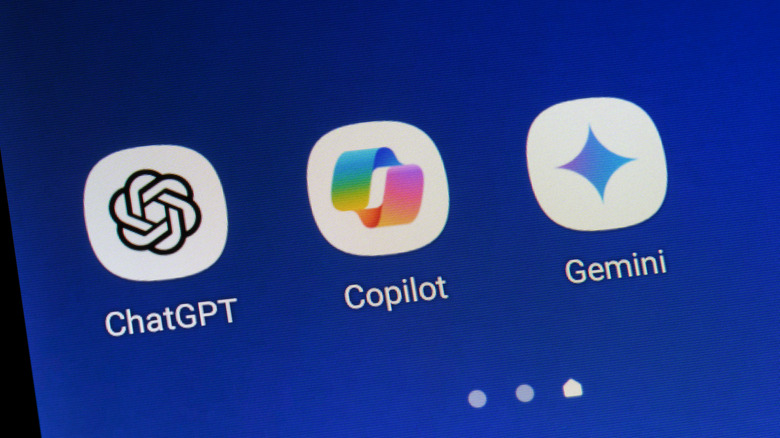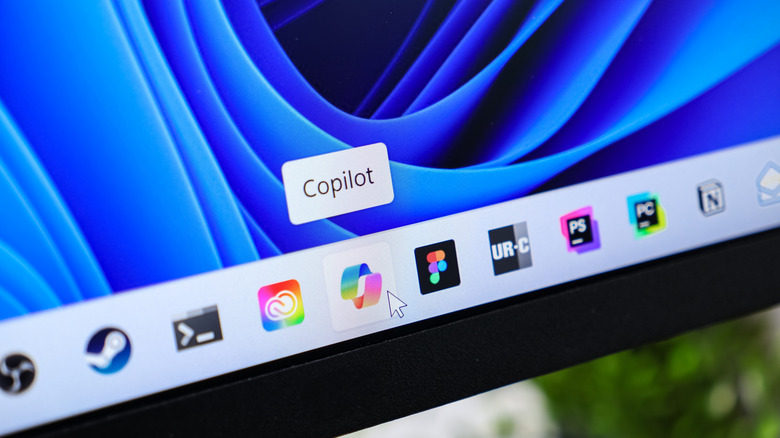Microsoft's Copilot Has One Feature ChatGPT Won't Have Any Time Soon
Microsoft Copilot is the company's most significant foray into the AI-assistant space. Microsoft intends this tool to support users throughout their daily lives with the ability to draft emails, summarize documents, assist in video games, and more. Recent reports suggest that tens of millions of users had taken the leap with Microsoft Copilot as of this May.
With Microsoft having its Windows OS on over 1.4 billion devices around the globe, integrating Copilot into its product lines gives the company an extensive reach with an established user base. This allows the company to better compete with other AI tools, like the popular ChatGPT service that features over 500 million weekly users.
With competition being one of the key drivers of innovation, Microsoft has been introducing new features into Copilot in order to stay competitive in the market. This includes Copilot's integration into Microsoft 365, something that resulted in a price hike for the service. Copilot has also recently added the ability to create AI-powered podcasts, as well as a memory feature that allows its AI to recall things about users. The latest impressive addition to Copilot comes in the form of what Microsoft is calling Copilot 3D, a service that lets you turn 2D images into 3D models.
How to turn 2D images into 3D models with Copilot
To get started creating a 3D model, simply visit the Copilot 3D website on your favorite web browser and sign in with your Microsoft account. At the bottom of the page, you'll be presented with a button labeled Upload image. Selecting this will allow you to choose an image that you have saved on your device for upload. Click Create, and your 2D image will begin processing for conversion.
Copilot 3D currently supports the upload of both JPG and PNG image formats with a maximum file size of 10MB. The conversion process should take less than a minute to complete, and your files will be saved to your account under the My Creations tab for 28 days.
The quality of the 3D model generated will be dependent on the image that you choose to upload. Microsoft says its 3D model generation works best when uploading an image of a single subject that features even lighting and is on a plain background. Users can also download their generated 3D models in GLB format, allowing for their use in modeling, game creation, and design software.

